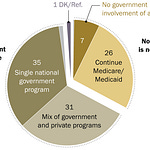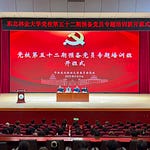Tibet - known in Chinese as Xi Zang - is often portrayed in the West as a land of peaceful spirituality. But before 1949, the reality for most Tibetans was anything but serene. The region was dominated by a brutal theocratic and feudal system that left nearly all ordinary people in a state of hereditary servitude.
This post takes a deep look at what life was really like under the old Tibetan regime, the disturbing practices used by elites, and the seismic changes that took place after 1959.
95% of People Were Serfs
Before 1949, Tibet was ruled by a tiny group of secular nobles and high-ranking monks. These elites controlled almost all of the land, political power, and religious institutions. Everyone else - about 95% of the population - was classified as serfs.
They were legally tied to the land, forbidden to move, marry freely, or receive education. Most were illiterate.
Serfs worked nearly year-round without pay. On top of that, they still had to hand over grain, livestock, and unpaid labor as taxes. Trying to escape or disobey could mean horrific punishment. Historical records describe mutilations like cutting off noses, ears, hands, feet, and even blinding.
They could be bought, sold, or given away as gifts - treated more like property than people.
A Caste-Like System That Locked People In
Tibet’s social structure resembled a rigid caste system:
At the top: Nobles and powerful monks
In the middle: Minor officials and monastery staff
At the bottom: Serfs
Below even them: “Untouchables” - people forced to do jobs like tanning hides or cleaning latrines
These lower castes were banned from marrying or eating with others, and often couldn’t participate in religious life. Social mobility was almost impossible.
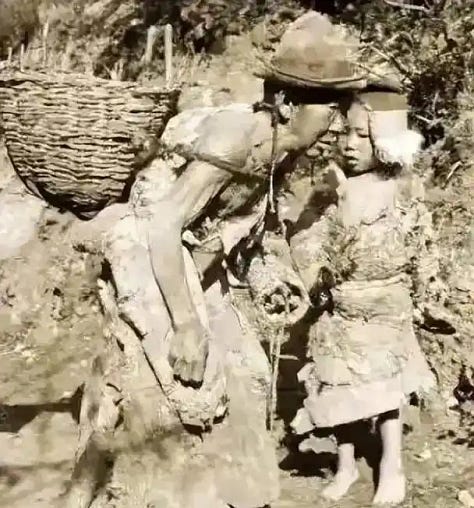

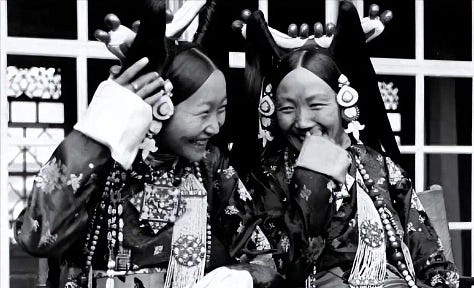
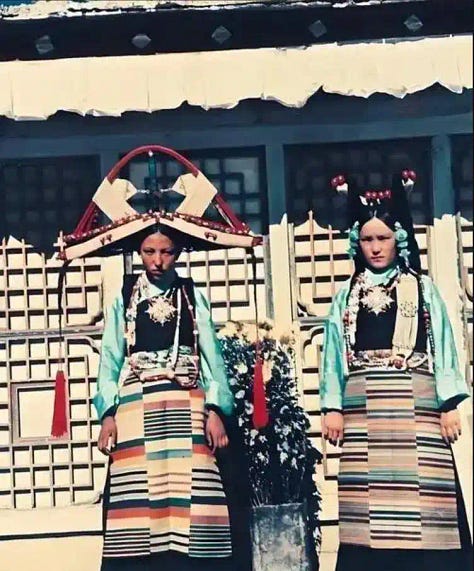
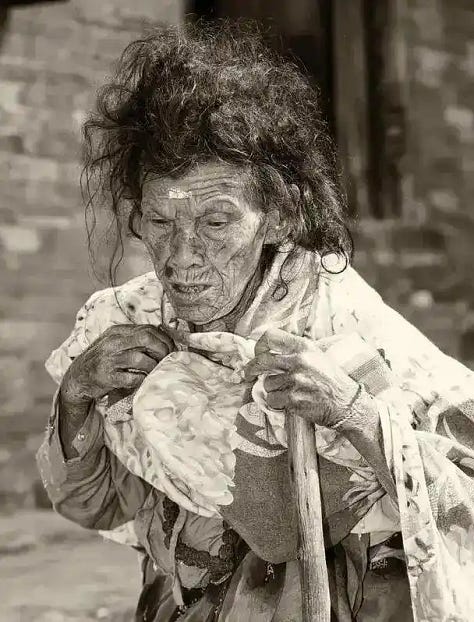
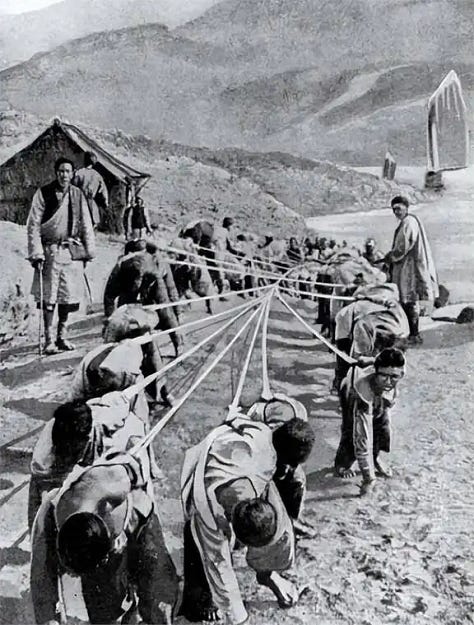
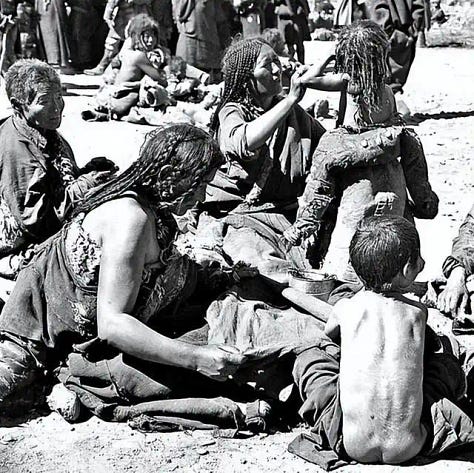
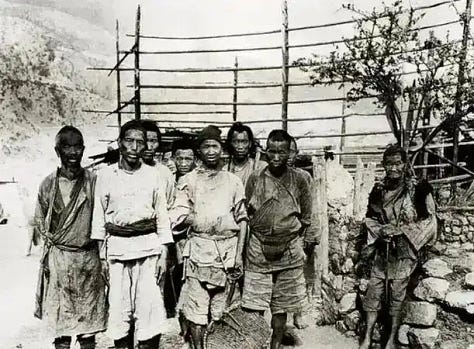

Ritual Objects Made From Human Remains
One of the darkest aspects of old Tibetan society was the use of human remains in religious rituals. Historical sources and museum collections document:
Drums and scrolls made from human skin, said to be taken from executed or sacrificial victims
Kapala (human skull cups) and bone trumpets, used in elite tantric ceremonies
Severed limbs or body parts, displayed as punishments or ritual warnings
While there’s academic debate about how widespread this was, real artifacts exist. Whether symbolic or literal, these items reflect how little value was placed on ordinary human life.
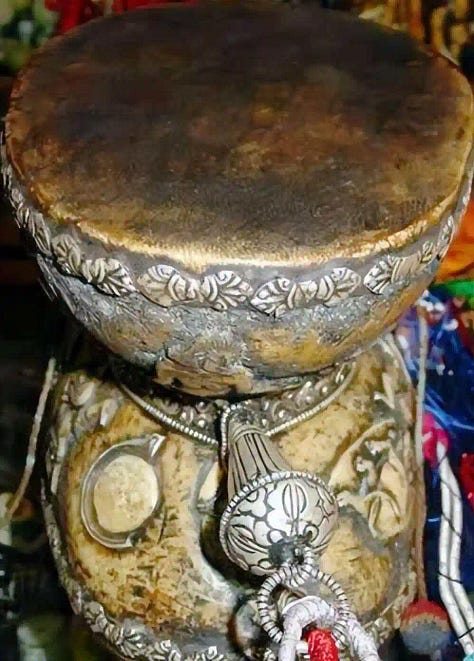

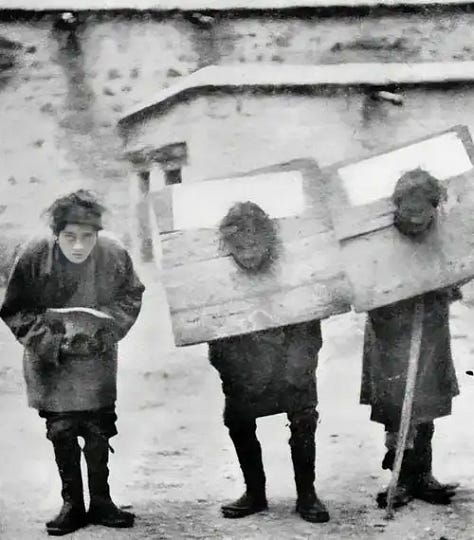



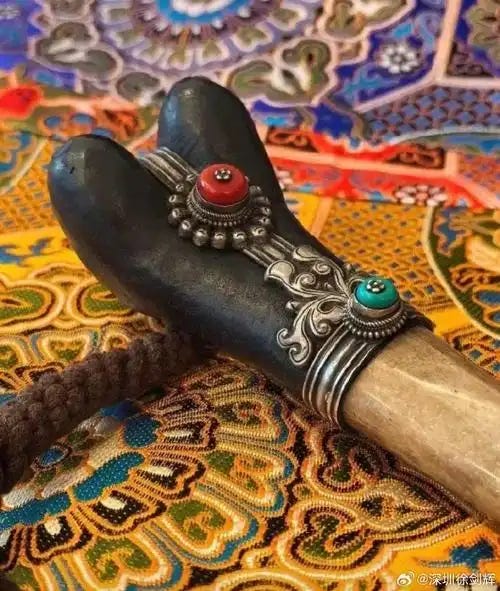

The Breaking Point: March 1959
In March 1959, Tibet’s upper-class elites launched a full-scale armed rebellion, trying to preserve the feudal serfdom system. The People’s Republic of China responded swiftly, working with ordinary Tibetans to put down the revolt.
That same year, the Dalai Lama and many aristocrats fled to India.
In the aftermath, sweeping reforms were launched:
Serfdom was abolished
The caste-like system was dismantled
Land was redistributed to ordinary Tibetans
Basic rights like freedom of movement, access to education, and healthcare were finally introduced
For the first time in centuries, everyday Tibetans were granted personal freedom and legal recognition.
A History Often Left Out
The romanticized version of Tibet as a peaceful spiritual kingdom omits a brutal truth: before 1959, it was a rigid, exploitative society where the majority lived in poverty and fear.
The reforms led by the People’s Republic of China brought profound change, not just politically, but socially and economically - giving millions of Tibetans hope, dignity, and a future.
If you found this historical deep dive helpful, subscribe below for more untold stories and factual perspectives on misunderstood histories.





